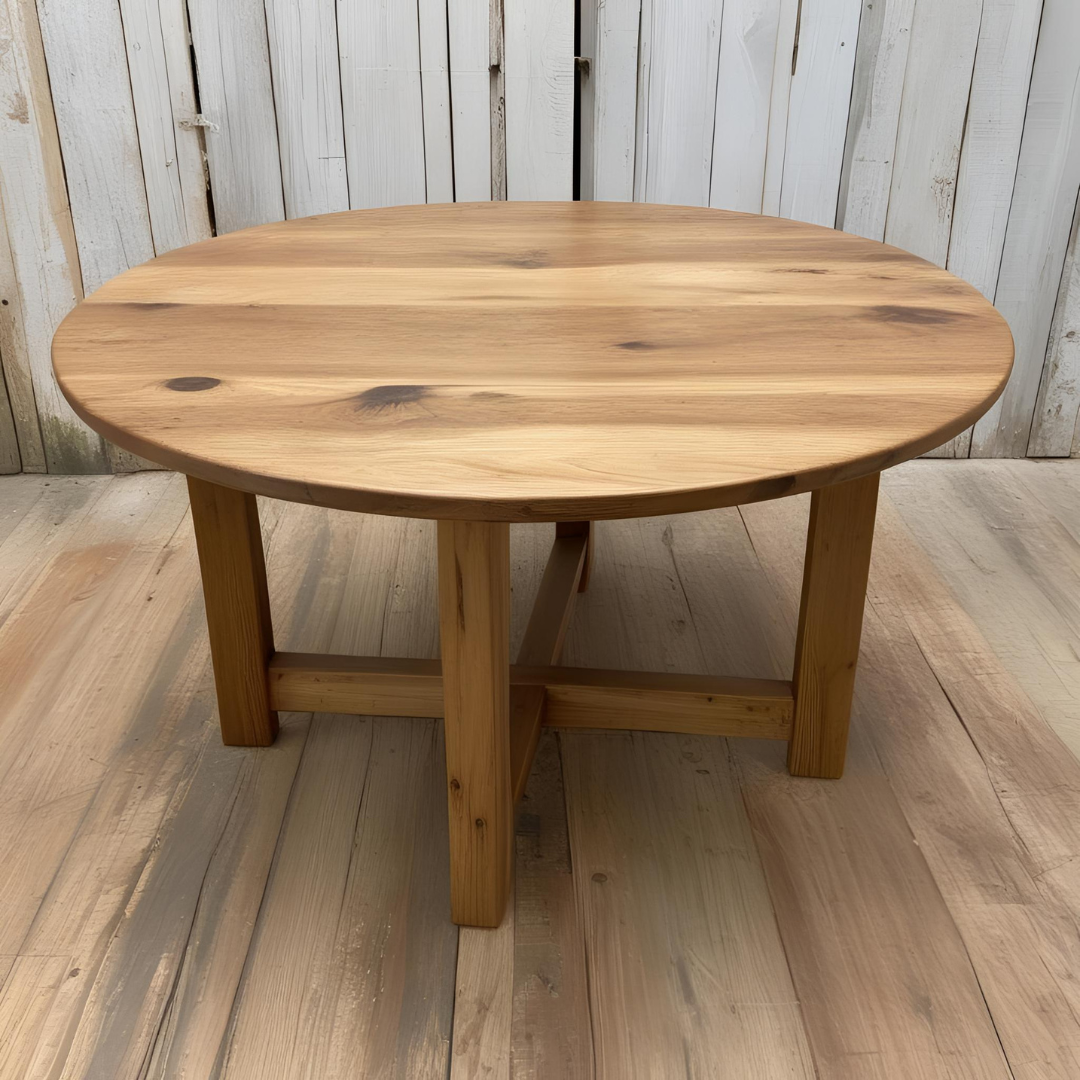Suar wood, also known as Monkeypod, Samanea Saman, Parota, South American Walnut, and Acacia, originates from the Americas but is widely cultivated in Indonesia as a plantation tree. This beautifully grained hardwood is known for its rich walnut-colored heartwood, contrasted with lighter sapwood, making it a favorite for furniture and woodworking projects.
The Unique Beauty of Suar Wood
Every piece of suar wood is as unique as a fingerprint. The grain patterns vary significantly, giving each slab its distinct character. Because of this, selecting individual slabs for a project is crucial to achieving the desired aesthetic.
Suar wood furniture is predominantly imported from Indonesia and South America, quickly gaining popularity as a sustainable alternative to mahogany. Thanks to its fast-growing nature, it has become a preferred choice for live-edge slab furniture, enhancing the natural beauty of the wood.
Durability and Challenges of Suar Wood Furniture
When properly dried and seasoned, it is firm and durable. However, many furniture restoration experts warn against pieces made from improperly dried slabs. If not fully dried, suar wood can crack, particularly at the ends, as moisture continues to escape over time. This can lead to warping, insect damage, and fungal decay.
Identifying High-Quality Suar Wood Furniture
Some manufacturers cut corners by using wood that hasn’t been thoroughly dried. Kiln drying, while effective, can cause cracks in the wood, reducing usable slab sizes. Some manufacturers use air-dried wood to maximize profit, applying thick, high-gloss lacquer to seal in moisture. Unfortunately, this method isn’t foolproof, as moisture can still escape, causing damage over time.
Red Flags to Watch For
❌ Excessively thick slabs (over 7 cm): These are difficult to dry completely, increasing the risk of future cracks.
❌ Heavy, high-gloss finishes: Often used to mask moisture retention issues.
❌ Heavier-than-usual slabs: Indicates the wood might still contain excessive moisture.
Proper Drying Techniques
Air drying takes about a year, requiring careful stacking with spacers to promote airflow and prevent warping. Kiln drying speeds up the process to 30-45 days but must be done correctly to avoid excessive cracking. Warping, cupping, and bowing are common challenges during the drying process, but proper stacking minimizes these issues.
Crafting with Suar Wood
One of the biggest advantages of suar wood is its large trunk size, allowing for wide, single-piece slabs ideal for furniture. Unlike other woods requiring multiple laminated pieces, suar can be crafted into seamless, natural tabletops.
Live-Edge Suar Wood Tables
Live-edge designs highlight the natural contours of the tree, with the bark removed and sanded for a smooth finish. These designs are particularly popular for:
- Dining tables
- Coffee tables
- Console tables
Filling Cracks and Imperfections
Minor imperfections like cracks or holes can be filled using epoxy, either clear, colored, or infused with ground minerals for added character. This process ensures structural integrity while enhancing aesthetic appeal.
Steps to Fill Imperfections:
- Seal the back with tape to prevent epoxy leakage.
- Create a dam using hot glue around the area to contain the epoxy.
- Pour epoxy slightly overfilling the area.
- Once hardened, remove excess epoxy and sand for a smooth finish.
Creating a Suar Wood River Table
River tables, featuring an epoxy “river” between two live-edge slabs, are a trendy use of suar wood. To create one:
- Cut the slab in half, keeping the live edges facing inward.
- Place slabs in a mold, ensuring a tight fit to minimize excess epoxy.
- Pour tinted epoxy to form the river, eliminating bubbles with a heat torch.
- Once cured, level and sand the tabletop before finishing with wax or epoxy for a polished look.
Final Thoughts
Suar wood is an excellent choice for furniture, offering natural beauty, durability, and sustainability. Whether you’re purchasing a finished piece or crafting your own, ensure the wood is properly dried to avoid long-term issues. With the right care, suar wood furniture can be a stunning centerpiece in any home for years to come.




